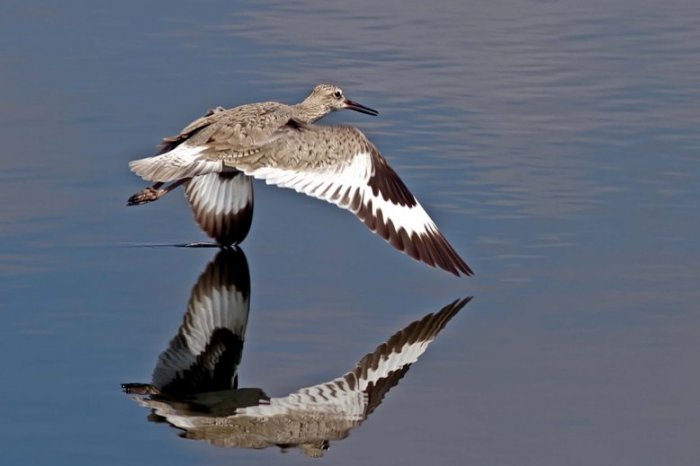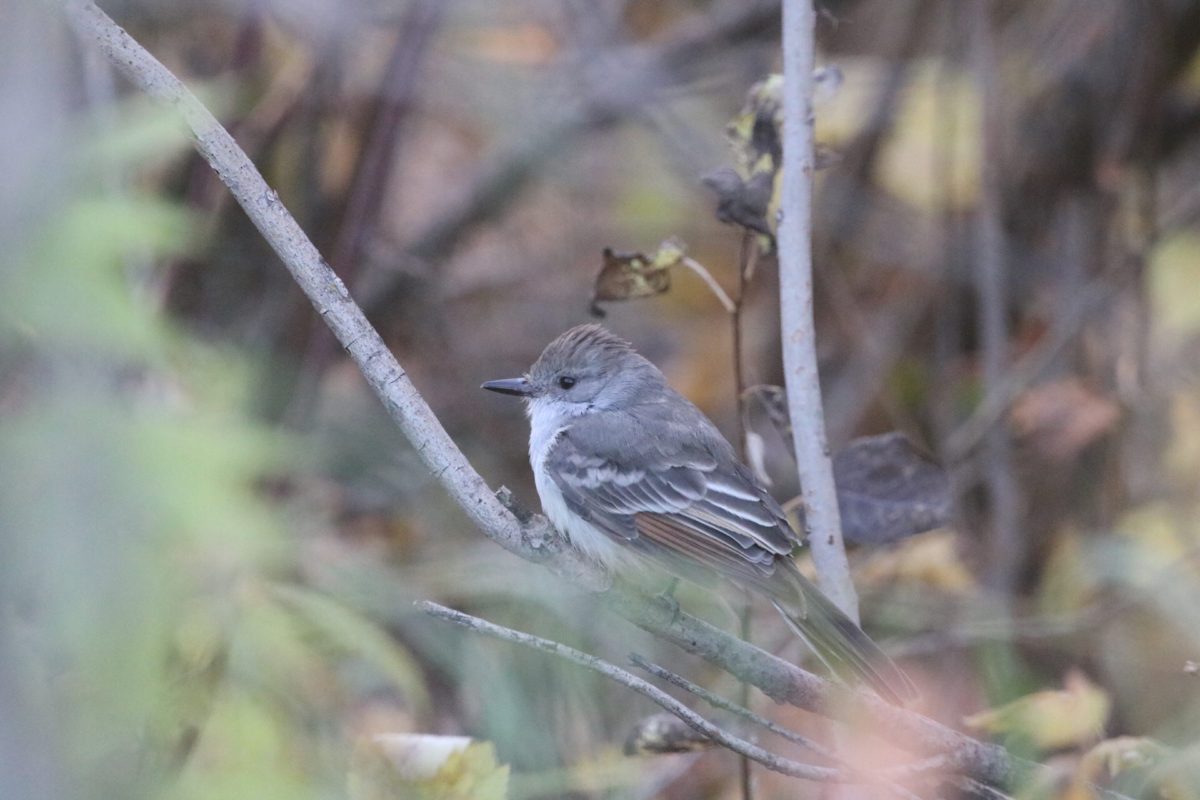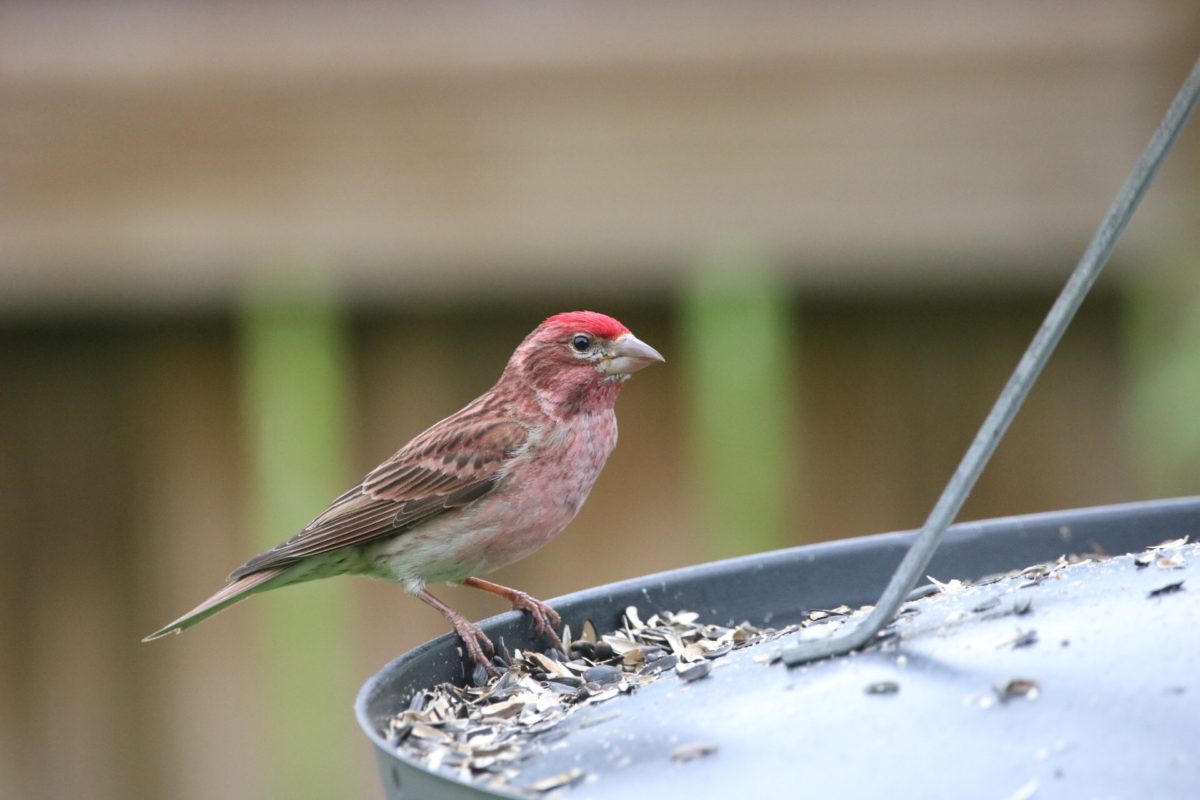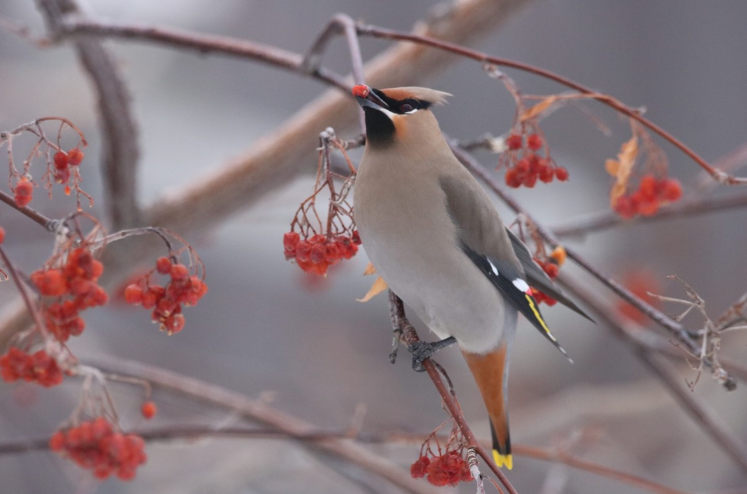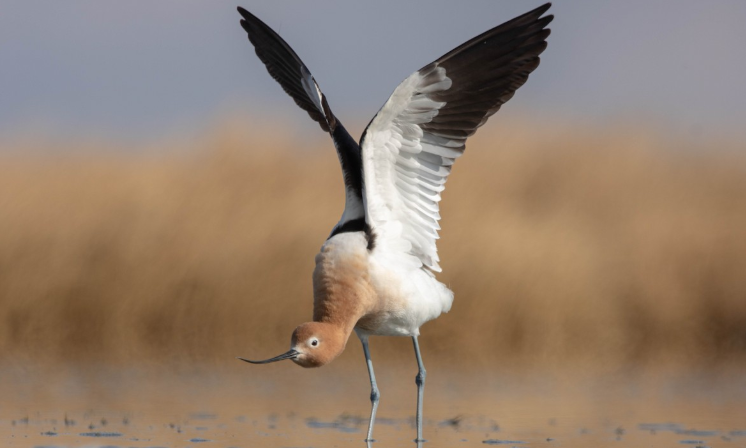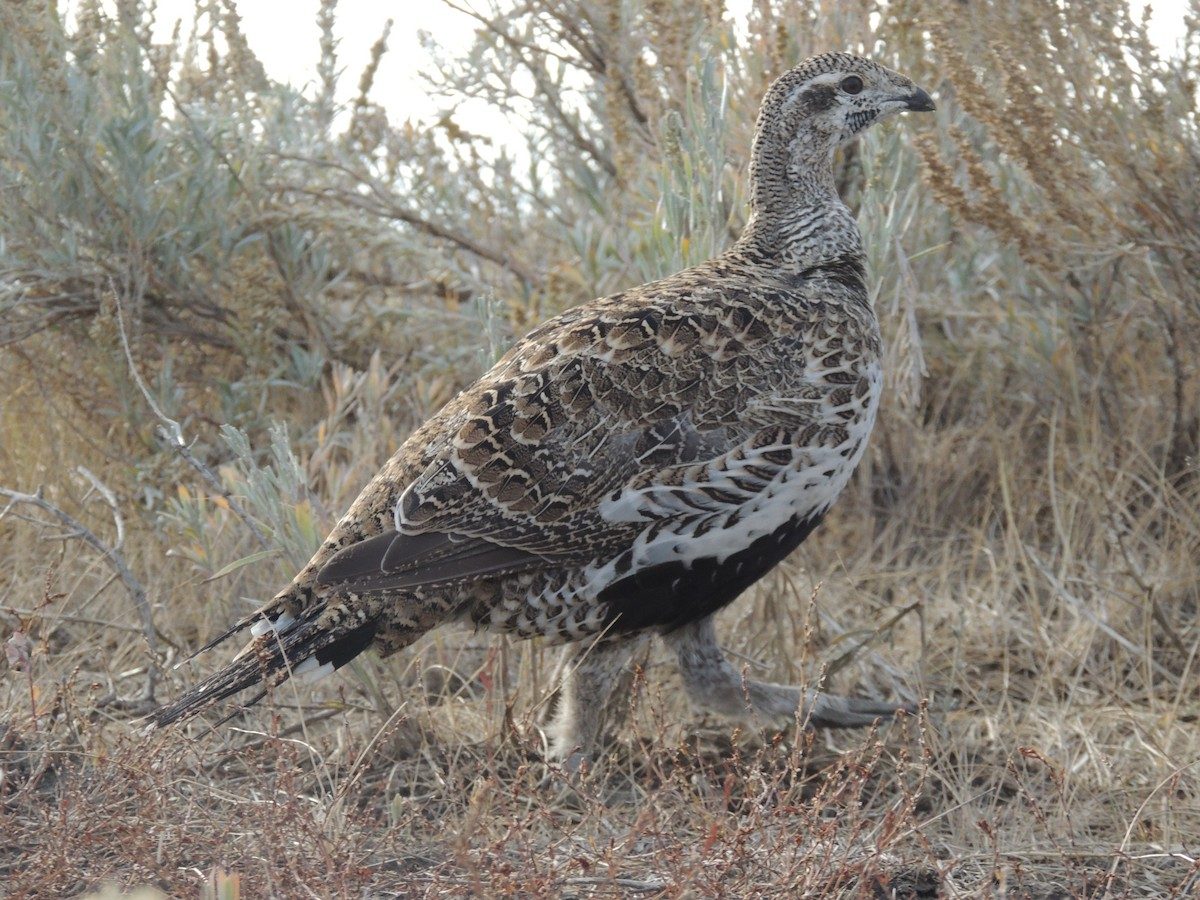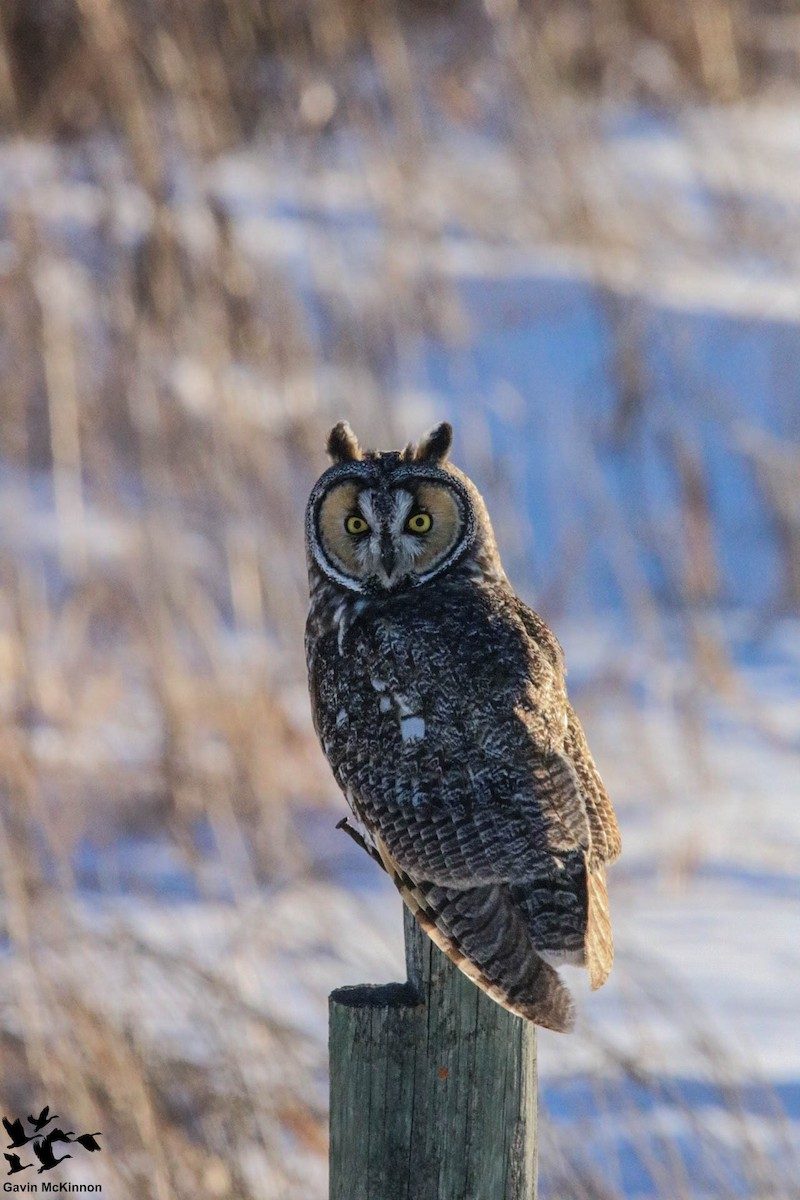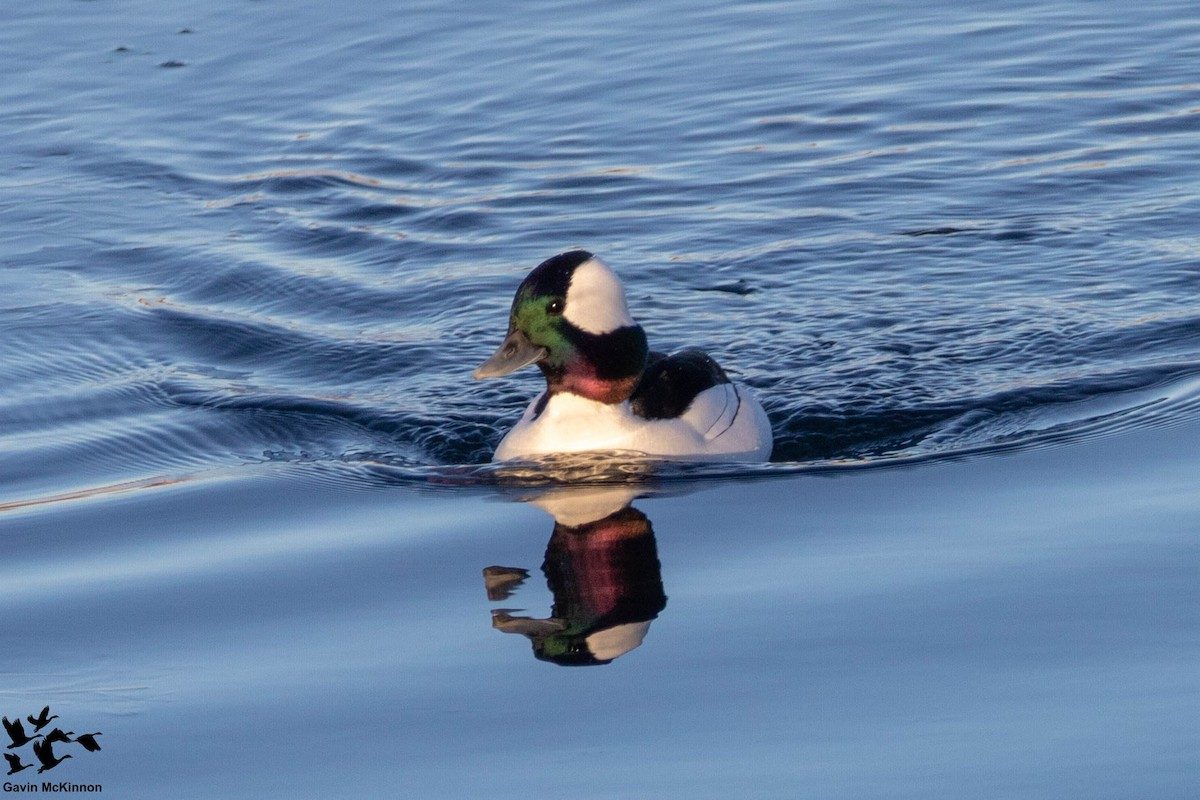Calgary 2020 Big Year Birding Challenge
By Howard Heffler
Nature Calgary is promoting a friendly “big year” birding challenge within Calgary city limits in 2020: BIRDYYC2020.
This article is for beginners with eBird to give them the essential information to get started and, we hope, the confidence to explore the powerful features of eBird.
What is eBird?
eBird is a publicly-accessible online database consisting of bird sightings from all around the world. The best place to learn about eBird is on their website.

Since 2002 eBird has amassed over one-half billion reports from birders around the world. It is a project of the Cornell Lab of Ornithology and is supported entirely by grants, sponsors, and donations. It is free and available for everyone to use.
The first step is to go to the home page and open an account with your name and email address. You will have to select a username and a password. That’s all there is to it.
Using eBird to enter your sightings
There is a vast amount of data on the eBird website that you may access, but the two things to consider initially are; (1) entering checklists, and (2) looking up data. There is a “help” button on the top menu bar on the home page. Believe me, the help pages are very good.
In the Field
I think most people keep track of their sightings while they are birding in the field using the eBird mobile app. The first step is to get the app – available for free on both the Google Play and App Stores. After you download the app and open it on your smartphone, the screen looks like this:

The idea is to enter your sightings while you are birding. There are several ways to do this and you will soon find your favorite techniques after a bit of practice. You will have to spend a bit of time at your computer looking through the instructions on the eBird help pages.
In a nutshell; open the app, start a new list, select a location, enter your sightings at that hotspot, stop the list (when you are finished at that hotspot), review it, and submit.
I admit it takes a bit of time initially to learn. But, after some practice, you will appreciate the many ways it is helpful to your birding.
At your desk
It is also possible to submit checklists from your computer when you get back home. Open eBird and look for the “submit” button at the top of the home page. You then select the location where you were birding (if you visited several locations, you will need to submit a checklist for each), enter the time and date, type of observation, and begin to enter your sightings.

Again, remember that each checklist is to be associated with one hotspot. It might be a public hotspot such as, Calgary–Inglewood Bird Sanctuary, or it might be a location you define yourself. It is not a list of all the birds you saw that day at a variety of locations.
I encourage you to look through the help pages on the eBird website. They are very well thought out. Remember, there are many thousands (even millions) of birders just like you. Everyone one of them at one time was a beginner with eBird.
Looking up Data
I consider eBird to have two modes: data in and data out. “Data in” refers to entering your sightings. “Data out” refers to looking up information that has been compiled from the vast number of reports from the many millions of checklists; including your own checklists. There are many more things that can be done with this data than I can even begin to describe. Here are a few things you will initially want to do.
Check out Hotspots and Species
On the eBird home page, open the “Explore” page. From there you can find a hotspot, look at what birds have been reported over any time period, see the location on Google maps, and study the historic data in any way you could imagine. Most likely, you will want to see what birds were seen in the past few days to help you anticipate what you might find there.
Alternatively, you may want to explore by species name. In this case you enter the common name of a species and eBird displays a map of all locations where this species has been recorded. You can then zoom in to the desired geographic scale – perhaps right to a hotspot near you where that species was reported in the past week. There are a few sensitive species that do not allow you to zoom in to specific locations. In Alberta these are Gyrfalcon, Great Grey Owl, Northern Hawk-Owl and Burrowing Owl.
My eBird
Of course, you will also want to look at your own data. On the eBird home page open “My eBird”. On the main part of the My eBird page you can look at your own data. On the right-hand side are several tabs. Likely the one you will use most frequently is: “Manage My Observations”. When you open this page, you will see all your checklists. They can be sorted by date, by location, or by region, and can be edited or shared.
There are many other actions you can do on or from “My eBird” such as setting up alerts to let you know about rare bird sightings or to advise that a bird you have not yet seen that year has been recently reported – we will discuss this feature in another article. One set of parameters I want to draw your attention to is: setting your eBird preferences. We want all participants in BIRDYYC2020 to share their eBird lists and make sightings on eBird visible. The purpose is to allow all participants to chase sightings by others. Specifically: from the eBird homepage, under My eBird, select Preferences; Data privacy – elect to NOT hide your eBird data.

One other feature of eBird that will be of special interest during the BIRDYYC2020 challenge will be how to establish a “Patch”. We will develop another instructional article on just that topic. The starting point on the eBird home page is the “explore” button. Try it and see how you do.
Closing
I can remember many times my Dad telling me when I was young: “Don’t play with that, you’ll break it.” That’s not true with eBird. You won’t break it. Sign in and go exploring around the whole site. Look through the help topics. Look at the data for one of your favorite hotspots. Explore the Region, “Calgary County”. Be aware that “Calgary County” is quite a bit larger that the City of Calgary.
Enjoy.
